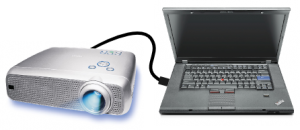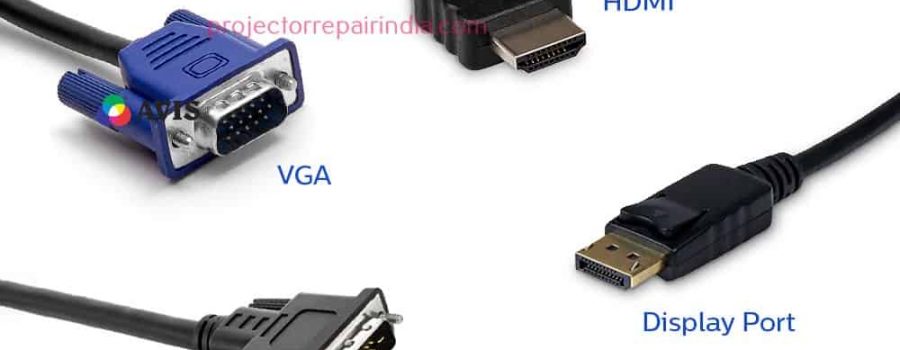

USB-C: If your laptop uses USB-C to output video, you’ll typically need to buy a dock that includes an HDMI port or a USB-C to HDMI adapter.If it does, then you can either use an HDMI-to-DisplayPort cable or an HDMI-to-DisplayPort adapter. DisplayPort: These are more commonly on desktop video cards, but your laptop may have one.

You can use a cable with HDMI on one end and HDMI type-c on the other or an adapter.

Minimize your open application windows until you have clear access to the Windows desktop.However, on occasion, Windows selects the incorrect resolution. When connecting an external display device, Windows will usually select the correct display resolution automatically. Projector only to display your screen only on the external device.Extend to create extended desktop space on the new monitor (this is useful to display speaker’s notes on the ThinkPad and slides on the external device),.Duplicate to display the same screen on both devices,.Disconnect to remove the external display,.Select the display combination that you prefer to use.Use the ThinkPad keyboard combination of Fn and F7 (Windows Key + P on X1 Carbon) to open the Windows display dialog box.Connect your external display to the appropriate connector on the ThinkPad.You can connect to the external display by: Your ThinkPad is equipped with one or more external display connectors, VGA (all models), DisplayPort (T420s) and Mini DisplayPort (T430s, X1 Carbon), so that you may connect to an external monitor or the classroom multimedia projector. Displaying to a External Monitor or Projector


 0 kommentar(er)
0 kommentar(er)
